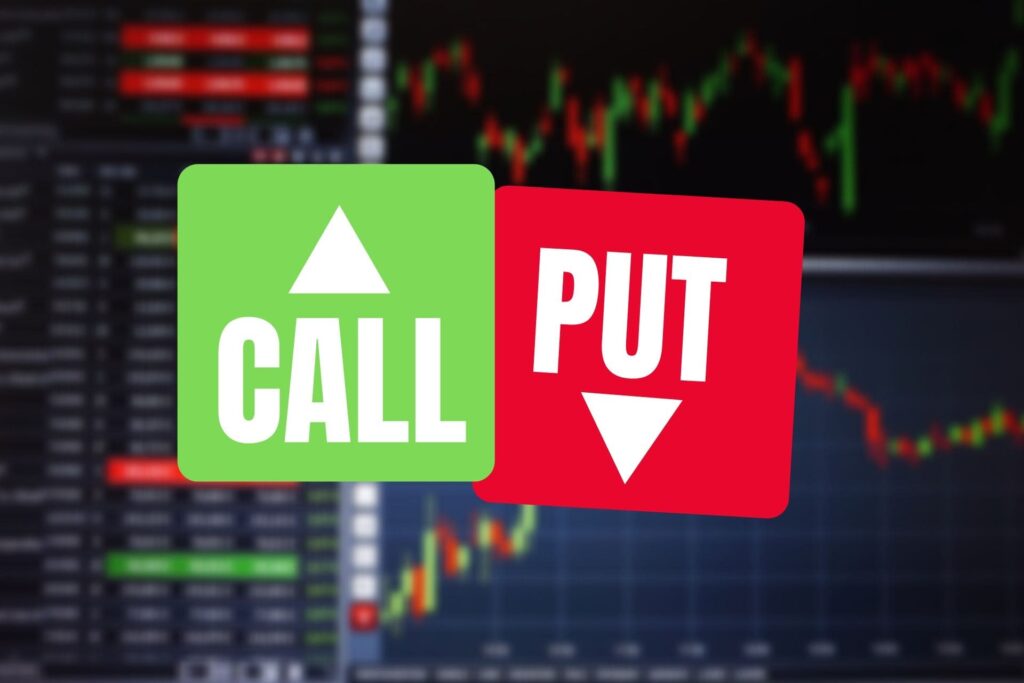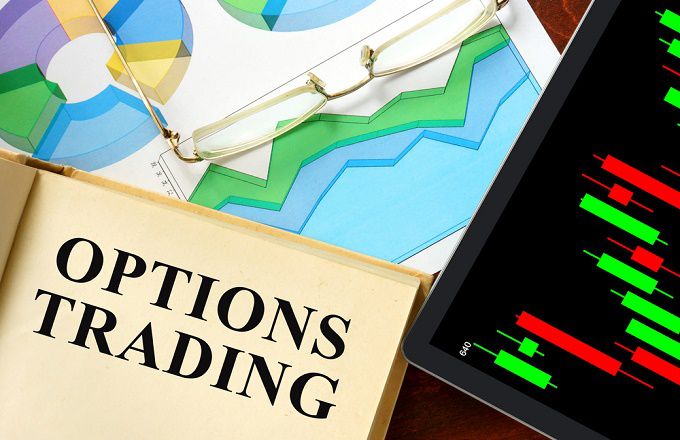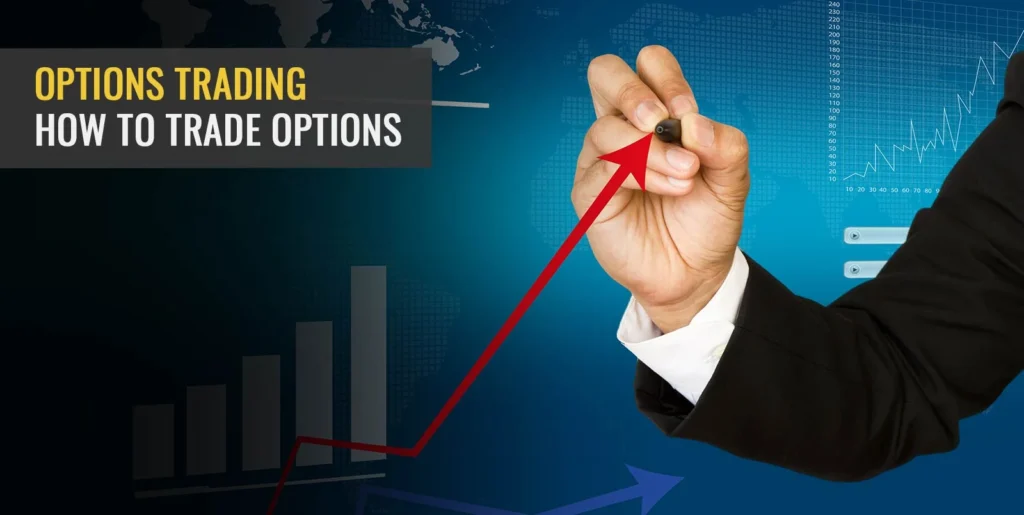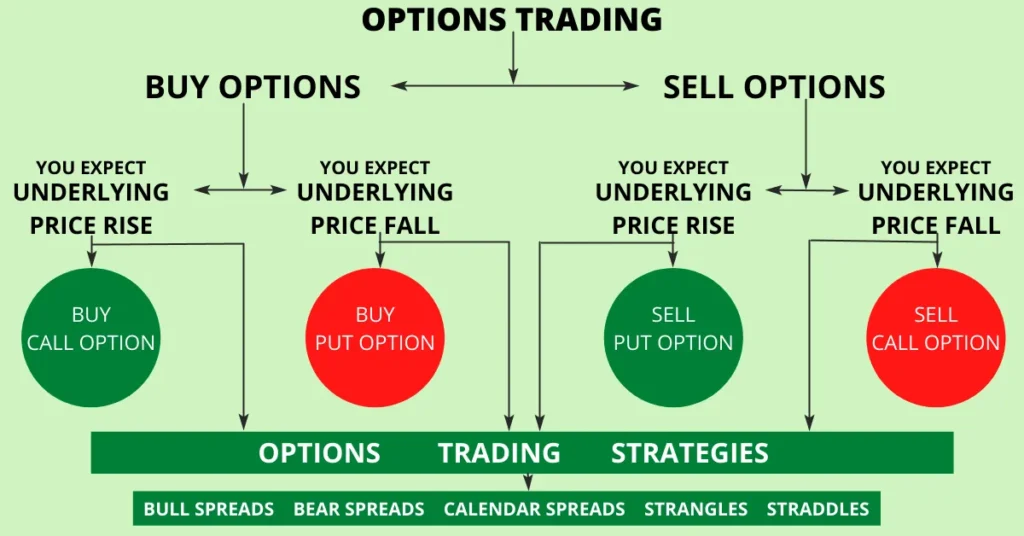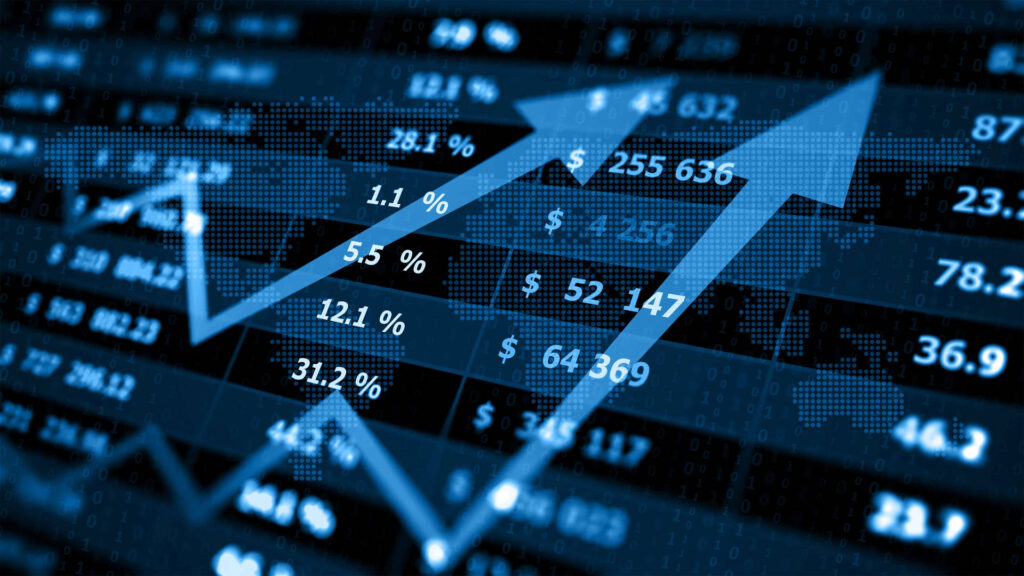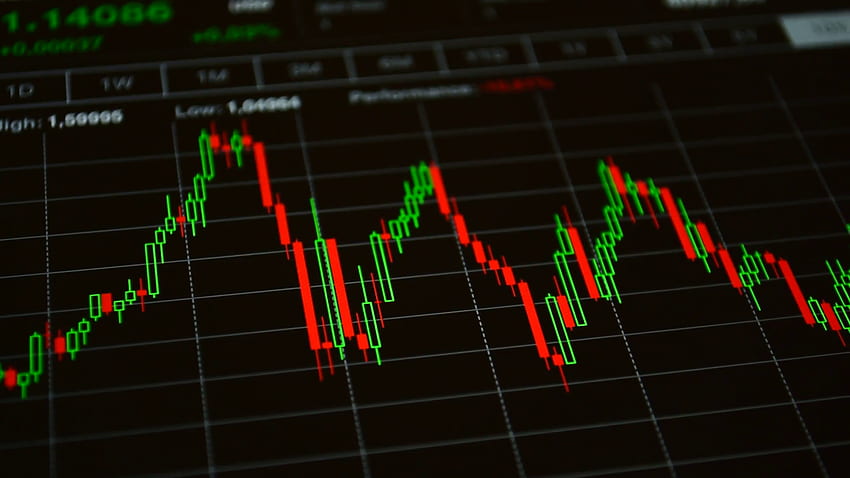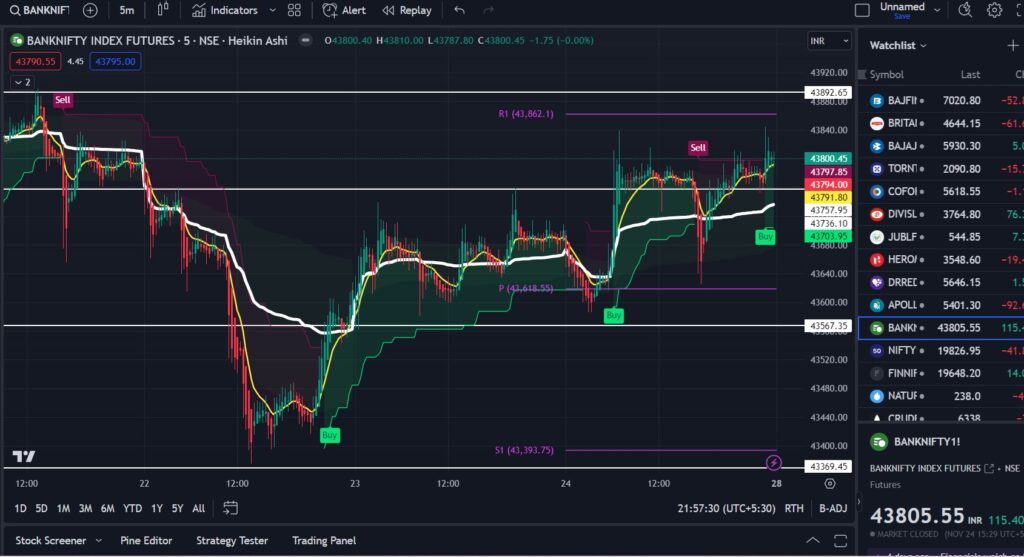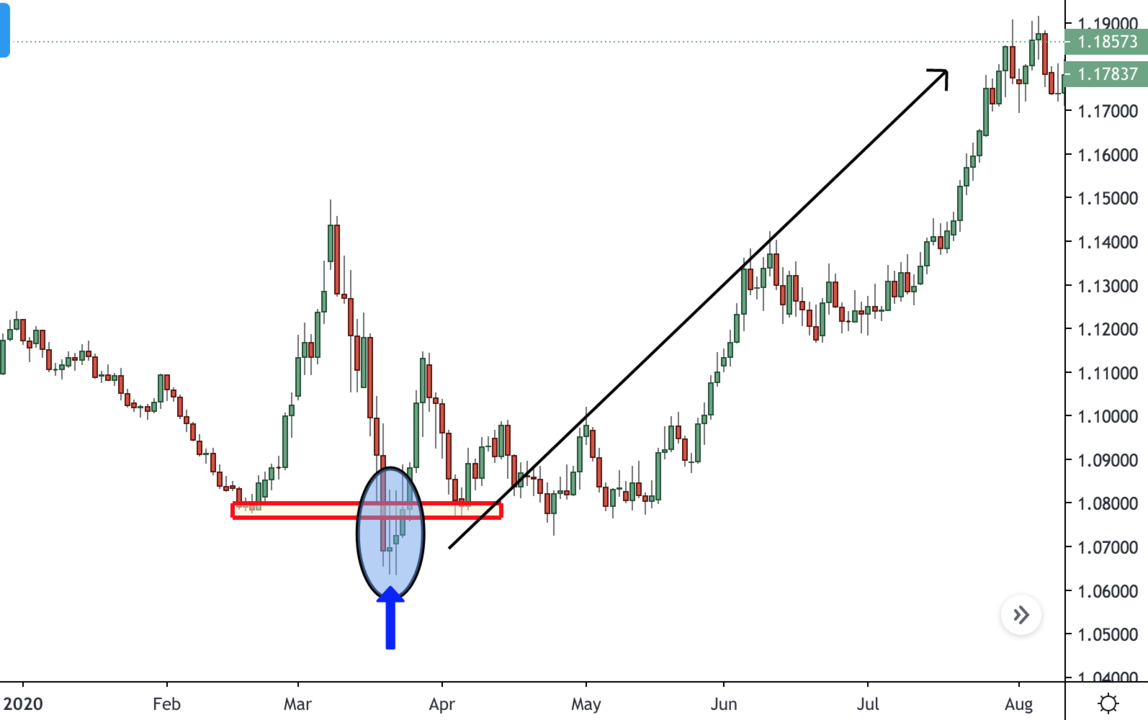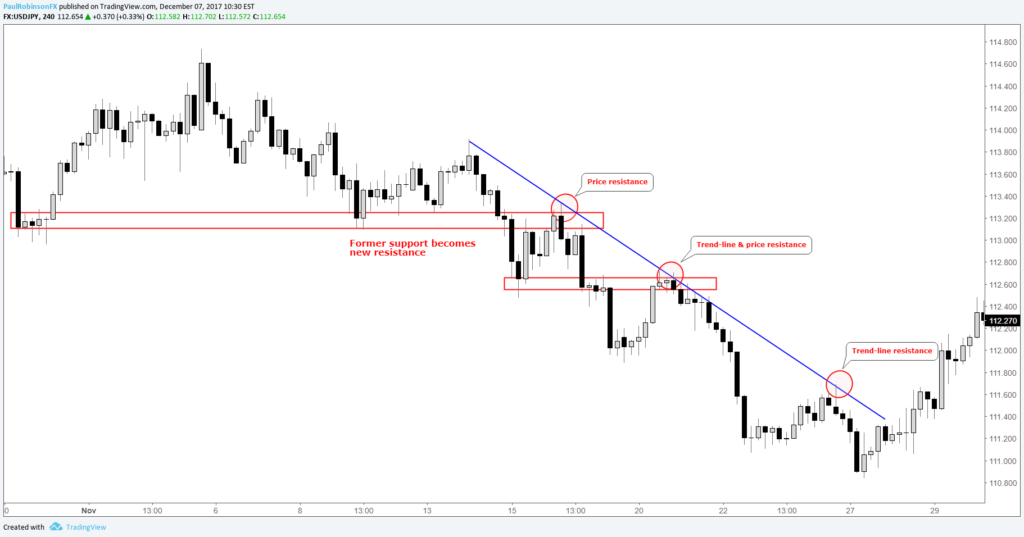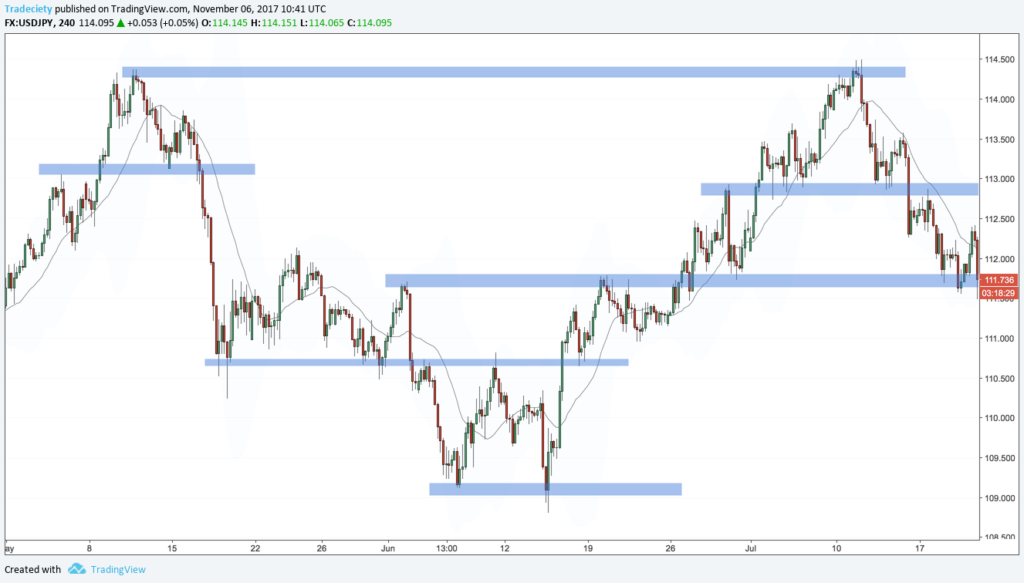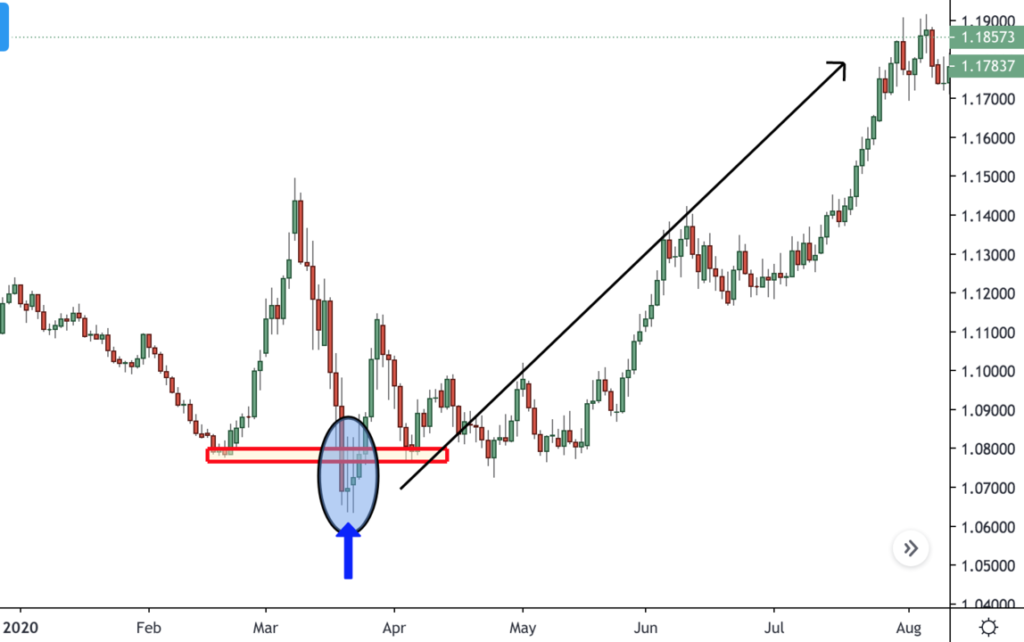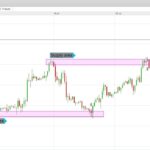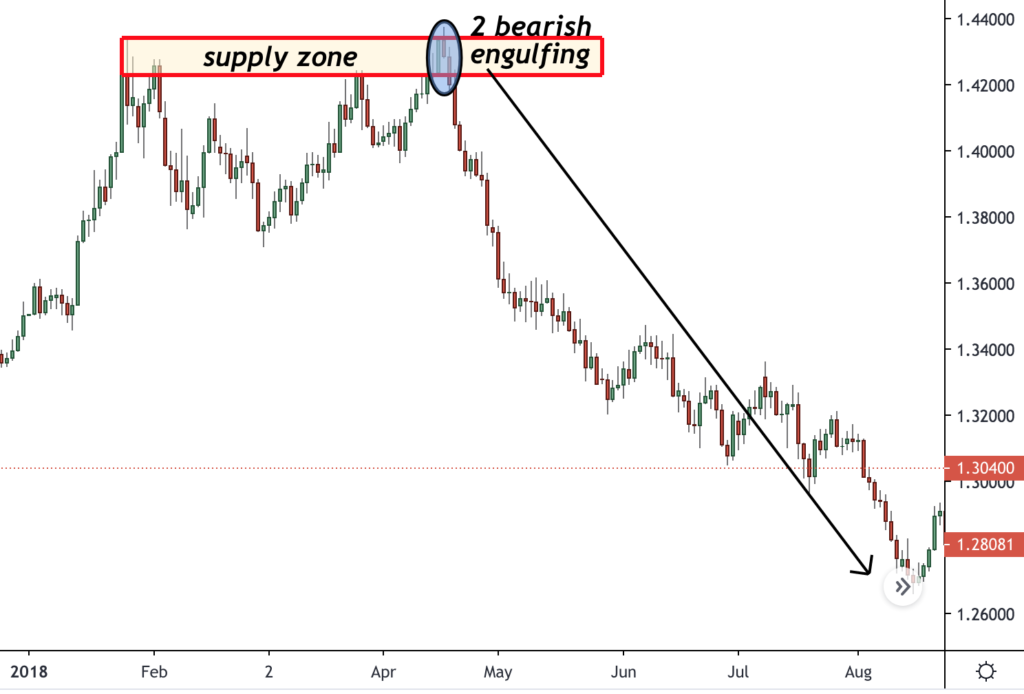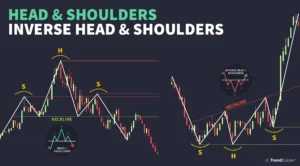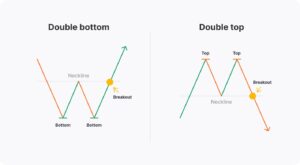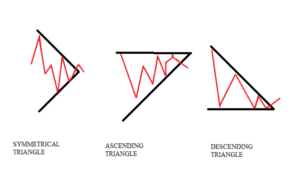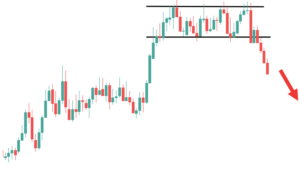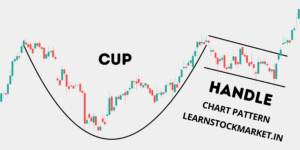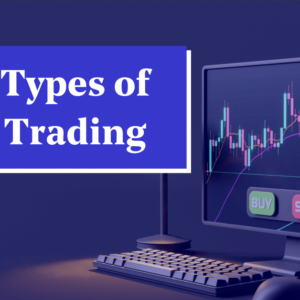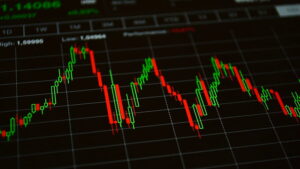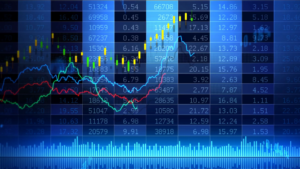-
Dec, Sat, 2023
Profit and Loss Statement (P&L)
Table of Contents
Profit and Loss Statement (P&L)
A Profit and Loss (P&L) statement, also known as an income statement, is a financial report that provides a summary of a company’s revenues, expenses, and profits over a specific period. It showcases the company’s ability to generate profits by increasing revenue, reducing costs, or both. The P&L statement typically covers a set timeframe, such as a month, quarter, or year.
Profit and loss (P&L) statement refers to a financial statement that summarizes the revenues, costs, and expenses incurred during a specified period, usually a quarter or fiscal year. These records provide information about a company’s ability or inability to generate profit by increasing revenue, reducing costs, or both. P&L statements are often presented on a cash or accrual basis. Company managers and investors use P&L statements to analyze the financial health of a company.
Here are the key components of a typical P&L statement:
Revenue: This section includes the total amount of money generated from sales of goods or services. It represents the top line of the statement.
Cost of Goods Sold (COGS): This comprises the direct costs associated with producing the goods sold or delivering services. It includes raw materials, labor, manufacturing expenses, etc.
Gross Profit: Calculated by subtracting the COGS from the total revenue, the gross profit represents the amount remaining after accounting for the direct costs of producing goods or services.
Operating Expenses: These are the costs incurred to run the day-to-day operations of the business, such as salaries, rent, utilities, marketing expenses, administrative costs, and more.
Operating Income (or Operating Profit): Calculated by subtracting operating expenses from the gross profit, operating income shows the profit generated from the company’s core business operations before interest and taxes.
Non-operating Income and Expenses: This section includes gains or losses from activities not directly related to the core business operations, such as investment income, interest expenses, or one-time items.
Net Income (or Net Profit): It represents the bottom line of the P&L statement, calculated by subtracting all expenses (including operating expenses and non-operating expenses) from the total revenue. Net income reflects the company’s overall profitability after accounting for all costs and expenses.
The P&L statement is crucial for investors, stakeholders, and management to assess the financial performance and profitability of a company over a specific period. It helps in evaluating trends, making business decisions, and comparing performance against industry standards or previous periods.
KEY TAKEAWAYS
- The profit and loss (P&L) statement is a financial statement that summarizes the revenues, costs, and expenses incurred during a specified period.
- The P&L statement is one of three financial statements that every public company issues quarterly and annually, along with the balance sheet and the cash flow statement.
- When used together, the P&L statement, balance sheet, and cash flow statement provide an in-depth look at a company’s overall financial performance.
- Statements are prepared using the cash method or accrual method of accounting.
- It is important to compare P&L statements from different accounting periods, as any changes over time become more meaningful than the numbers themselves.
Profit and Loss (P&L) statements work by detailing a company’s revenues, expenses, and resulting profits or losses over a defined period. Here’s an overview of how they function:
How Profit and Loss (P&L) Statements Work
Revenue Generation: It begins with recording all sources of revenue earned during a specific period. This includes income from sales of goods or services, interest, royalties, or any other sources contributing to the company’s total income.
Cost of Goods Sold (COGS): For businesses dealing with physical products, the direct costs involved in producing or purchasing the goods sold are subtracted from the revenue to calculate the gross profit. This includes costs like raw materials, labor, manufacturing expenses, etc.
Gross Profit: After subtracting the COGS from the total revenue, the gross profit figure indicates how much money the company made after accounting for the costs directly related to producing the goods or services.
Operating Expenses: These encompass various costs necessary to run the business, such as salaries, rent, utilities, marketing, administrative expenses, and more. Subtracting these operating expenses from the gross profit provides the operating income or operating profit.
Non-operating Income and Expenses: Any additional income or expenses not directly tied to the core business operations are accounted for in this section. This might include investment income, interest earned or paid, gains or losses from asset sales, etc.
Net Income or Net Profit: This is the final figure and represents the company’s overall profitability. It’s calculated by subtracting all expenses (including operating expenses and non-operating expenses) from the total revenue. Net income reflects the profit or loss earned by the company after accounting for all costs and expenses.
How P&L Statements are Utilized:
Performance Evaluation: P&L statements are crucial for evaluating a company’s financial performance over time. They help stakeholders understand how well the business is generating revenue, managing expenses, and ultimately making a profit.
Decision Making: Business owners and management use P&L statements to make informed decisions. By analyzing trends in revenue, expenses, and profits, they can identify areas for improvement, adjust strategies, and set future goals.
Investor Relations: Investors and creditors rely on P&L statements to assess the company’s financial health. It helps them gauge the company’s profitability, potential risks, and future prospects before making investment or lending decisions.
Comparison and Benchmarking: P&L statements allow companies to compare their performance with industry standards, competitors, or previous periods. This comparison aids in identifying strengths and weaknesses and setting benchmarks for improvement.
P&L statements are also referred to as a(n):
- Statement of profit and loss
- Statement of operations
- Statement of financial results or income
- Earnings statement
- Expense statement
Overall, P&L statements serve as a fundamental tool for financial analysis, providing a snapshot of a company’s financial health and performance.
Comparing Profit and Loss (P&L) statements is an essential practice for businesses to evaluate their financial performance over different periods or against competitors. Here’s how you can effectively compare P&L statements:
Period-to-Period Comparison:
- Same Periods in Different Years: Compare P&L statements for the same period (e.g., quarterly or annually) from different years. This helps identify trends and changes in revenue, expenses, and profits over time.
- Year-Over-Year Comparison: Compare P&L statements from the same period in consecutive years. Analyze variations in revenue growth, cost management, and overall profitability year-on-year.
Key Metrics Analysis:
- Focus on key financial ratios and metrics. For instance, calculate gross profit margin (gross profit divided by revenue), net profit margin (net profit divided by revenue), and operating margin (operating income divided by revenue). Compare these metrics across different periods to assess improvements or declines in profitability and efficiency.
Identify Trends and Variances:
- Look for trends and variances in revenue streams and expenses. Identify areas where revenue has increased or decreased significantly and pinpoint the expenses contributing most to changes in profitability.
- Analyze cost structures and identify if certain costs have risen disproportionately compared to revenue, affecting overall profitability.
Benchmarking Against Competitors or Industry Standards:
- Compare your company’s P&L statements with those of competitors or industry benchmarks. This analysis provides insights into how well your company is performing relative to others in the same sector.
Segment-wise Comparison:
- If your business operates in multiple segments or divisions, compare P&L statements for each segment. This helps identify which segments are performing well and which may need improvement.
Adjusting for Extraordinary Items:
- Pay attention to one-time or extraordinary items that might skew the comparison. Adjust the P&L statements for such items to ensure an accurate comparison of the core operational performance.
Analysis of Non-financial Factors:
- Sometimes, non-financial factors can significantly impact financial results. Consider external factors such as market conditions, regulatory changes, technological advancements, or shifts in consumer behavior that might influence the P&L results.
Evaluate Strategic Changes’ Impact:
- Assess how strategic decisions or changes in business operations, such as new product launches, cost-cutting initiatives, or expansion into new markets, have affected the P&L statements.
By conducting thorough comparisons and analyses of P&L statements, businesses can gain valuable insights into their financial performance, identify areas for improvement, and make informed strategic decisions to enhance profitability and efficiency.
Profit and Loss (P&L) statements, also known as income statements, can vary in structure and presentation based on the needs of the business, industry standards, or regulatory requirements. Different types of P&L statements include:
Single-Step P&L Statement:
- This is a straightforward format that groups all revenues together and subtracts all expenses at once to arrive at the net income or net loss. It doesn’t differentiate between operating and non-operating activities. It’s simpler and easier to understand, often used by small businesses or for internal reporting.
Multi-Step P&L Statement:
- This format presents revenues, cost of goods sold, gross profit, operating expenses, operating income, and net income in separate sections. It provides a more detailed breakdown, distinguishing between different types of expenses (operating and non-operating) and calculating various intermediate profits or losses.
Contribution Margin Income Statement:
- This statement focuses on the contribution margin (sales revenue minus variable expenses). It classifies costs into fixed and variable categories, emphasizing contribution margin as a key metric to determine the profitability of products or services.
Common-Size P&L Statement:
- This type expresses each line item on the P&L statement as a percentage of total revenue. It helps in comparing the relative proportion of various expenses to revenue, making it easier to identify cost structures and trends over time.
Consolidated P&L Statement:
- Companies with multiple subsidiaries or divisions prepare consolidated P&L statements to combine the financial results of all entities under one umbrella. It provides a comprehensive view of the overall financial performance of the entire group.
Forecasted or Projected P&L Statement:
- These statements are forward-looking and estimate future revenues, expenses, and profits based on assumptions and predictions. They are used for planning, budgeting, and forecasting purposes to guide future business decisions.
GAAP vs. Non-GAAP P&L Statements:
- Generally Accepted Accounting Principles (GAAP) compliant P&L statements adhere to standardized accounting principles. Non-GAAP statements might adjust certain items to provide a different perspective on financial performance, excluding or including specific items not covered under GAAP.
Industry-Specific P&L Statements:
- Some industries might have unique formats for P&L statements to cater to specific reporting requirements or metrics relevant to that industry. For example, financial services, manufacturing, or retail might have industry-specific P&L formats.
The choice of P&L statement format depends on factors such as the size and complexity of the business, regulatory compliance, the level of detail needed for analysis, and the audience for which the statement is prepared.
Profit and Loss (P&L) statements are crucial financial documents that hold significant importance for businesses and stakeholders for several reasons:
Performance Evaluation: P&L statements help assess a company’s financial performance over a specific period. They provide insights into the company’s ability to generate revenues, manage expenses, and achieve profitability. Analyzing trends in revenue and expenses helps evaluate the company’s overall performance.
Decision Making: Business owners, executives, and stakeholders use P&L statements to make informed decisions. By understanding where revenue comes from and how money is spent, they can identify areas for improvement, allocate resources effectively, and develop strategies to enhance profitability.
Financial Health Assessment: P&L statements offer a snapshot of a company’s financial health. They help identify strengths and weaknesses in the business model, allowing stakeholders to take corrective actions if necessary.
Investor and Creditor Relations: Investors, creditors, and potential lenders use P&L statements to evaluate the company’s financial stability and growth potential before making investment decisions or extending credit. A healthy P&L statement can attract investors and facilitate better relationships with creditors.
Budgeting and Forecasting: P&L statements aid in budgeting and forecasting future financial performance. They serve as a basis for setting financial goals, projecting revenues, estimating expenses, and planning for future growth.
Comparison and Benchmarking: Comparing P&L statements over different periods or against industry standards helps businesses benchmark their performance. It allows for a deeper understanding of changes in revenue streams, cost structures, and profitability, enabling companies to identify areas for improvement.
Strategic Planning: P&L statements guide strategic planning by highlighting areas where cost reductions, revenue enhancement, or operational improvements can be made. This information assists in setting goals and formulating strategies for the company’s growth and success.
Compliance and Reporting: P&L statements are essential for compliance with accounting standards and regulatory requirements. They provide a standardized format for reporting financial information to tax authorities, regulatory bodies, and other stakeholders.
Overall, P&L statements play a critical role in providing a comprehensive overview of a company’s financial performance. They serve as a fundamental tool for analysis, decision-making, planning, and communicating the financial health and progress of a business.
The Profit and Loss (P&L) statement and the Balance Sheet are both key financial statements used by businesses, but they serve different purposes and focus on distinct aspects of a company’s financial health. Here are the primary differences between the two:
Profit and Loss (P&L) Statement:
Purpose: The P&L statement shows a company’s financial performance over a specific period (like a month, quarter, or year). It reports revenues, expenses, and net income (or net loss) resulting from operations during that period.
Timeframe: It covers a specific time interval and provides a snapshot of the company’s profitability within that period.
Components: The P&L statement includes:
- Revenues or sales
- Cost of Goods Sold (COGS)
- Gross profit
- Operating expenses (like salaries, rent, utilities, marketing)
- Operating income
- Non-operating income and expenses
- Net income or net loss
Purposeful Analysis: It helps in analyzing the efficiency of operations, understanding whether the company is making a profit, and identifying trends in revenue and expenses.
Balance Sheet:
Purpose: The Balance Sheet provides a snapshot of a company’s financial position at a specific point in time, showing what a company owns (assets), owes (liabilities), and its net worth (equity).
Timeframe: It represents a moment in time, typically the end of a reporting period (such as the end of a quarter or year).
Components: The Balance Sheet comprises three main sections:
- Assets (such as cash, inventory, property, equipment)
- Liabilities (like debts, loans, accounts payable)
- Shareholders’ Equity (the company’s net worth)
Purposeful Analysis: It helps in assessing a company’s liquidity, solvency, and financial flexibility. It demonstrates how assets are funded through liabilities and equity.
Key Differences:
Timing: The P&L statement focuses on a specific period’s financial performance, whereas the Balance Sheet offers a snapshot of the company’s financial position at a particular moment.
Content: The P&L statement covers revenues, expenses, and profits or losses from operating and non-operating activities, while the Balance Sheet details assets, liabilities, and equity at a given point in time.
Focus: The P&L statement emphasizes a company’s ability to generate profits, while the Balance Sheet emphasizes the company’s overall financial health and position.
In summary, the P&L statement is about a company’s profitability over time, while the Balance Sheet provides a snapshot of its financial health at a specific moment, detailing assets, liabilities, and equity. Both statements are crucial for understanding different aspects of a company’s financial performance and position.
Yes, generally, most companies are required to prepare Profit and Loss (P&L) statements as part of their regular financial reporting. Financial reporting requirements vary by country, industry, and company size, but in many cases, preparing a P&L statement is mandatory for the following reasons:
Legal and Regulatory Compliance: Most jurisdictions have regulations that mandate companies to prepare financial statements, including the P&L statement, according to specific accounting standards. For instance, in the United States, companies registered with the Securities and Exchange Commission (SEC) must comply with Generally Accepted Accounting Principles (GAAP) and provide financial statements, including the P&L statement, in their annual reports.
Tax Reporting: Tax authorities often require businesses to submit financial statements, including the P&L statement, as part of their tax filings. These statements help in calculating taxable income and assessing the appropriate amount of taxes owed.
Investor and Creditor Relations: Companies seeking external financing or investments are typically required to provide financial statements, including the P&L statement, to potential investors, lenders, or creditors. These stakeholders use these statements to assess the company’s financial health and performance before making investment decisions or extending credit.
Internal Management and Decision-Making: Even if not mandated by external regulations, many companies prepare P&L statements for internal use. These statements assist management in monitoring the company’s financial performance, making informed decisions, setting budgets, and formulating strategic plans.
Publicly Traded Companies: Publicly traded companies are required by stock exchanges and regulatory bodies to disclose financial information regularly. They must publish quarterly and annual financial reports, including P&L statements, to provide transparency to shareholders and the investing public.
However, the specific requirements for financial reporting, including the preparation of P&L statements, can vary based on factors such as company size, legal structure, industry, and local regulations. Small businesses or sole proprietorships might have different reporting requirements compared to larger corporations. Yet, in most cases, maintaining accurate financial records and preparing P&L statements are essential for sound financial management and compliance.




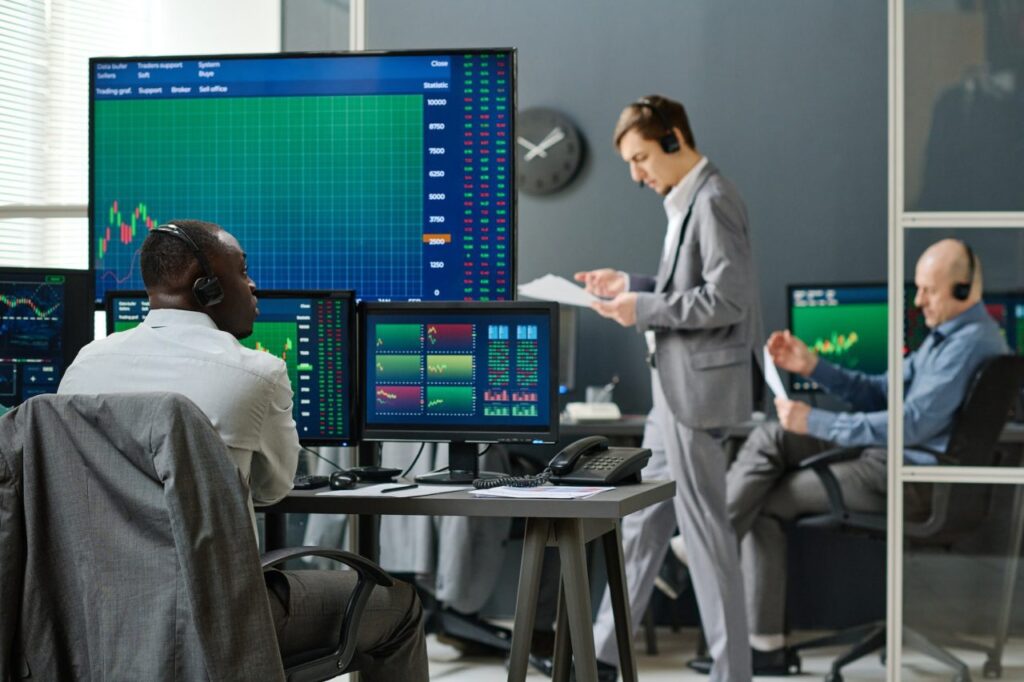
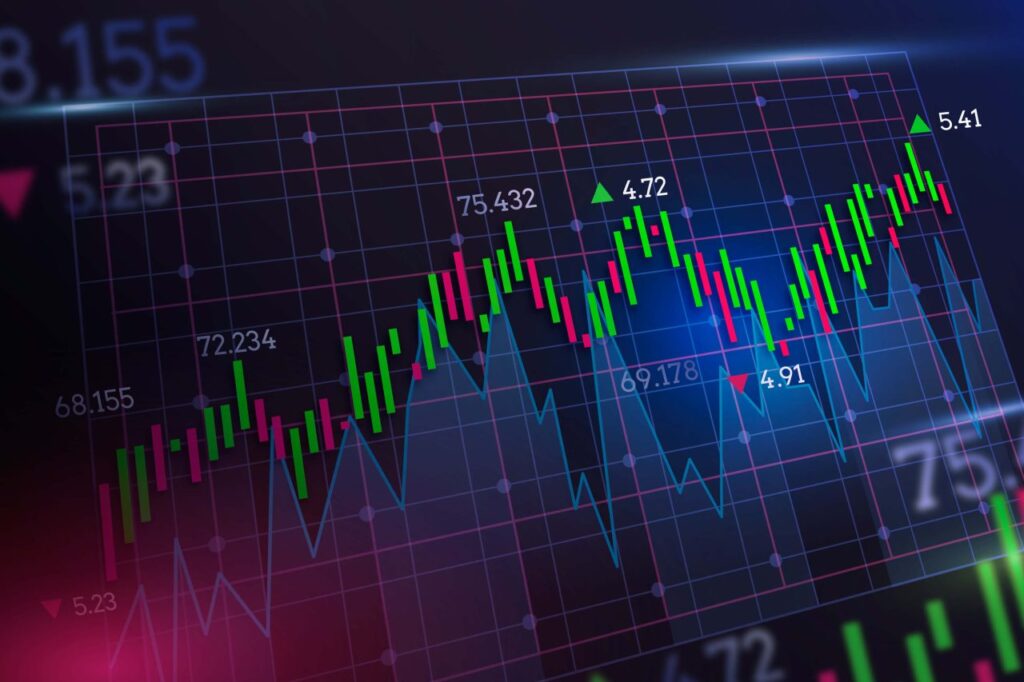

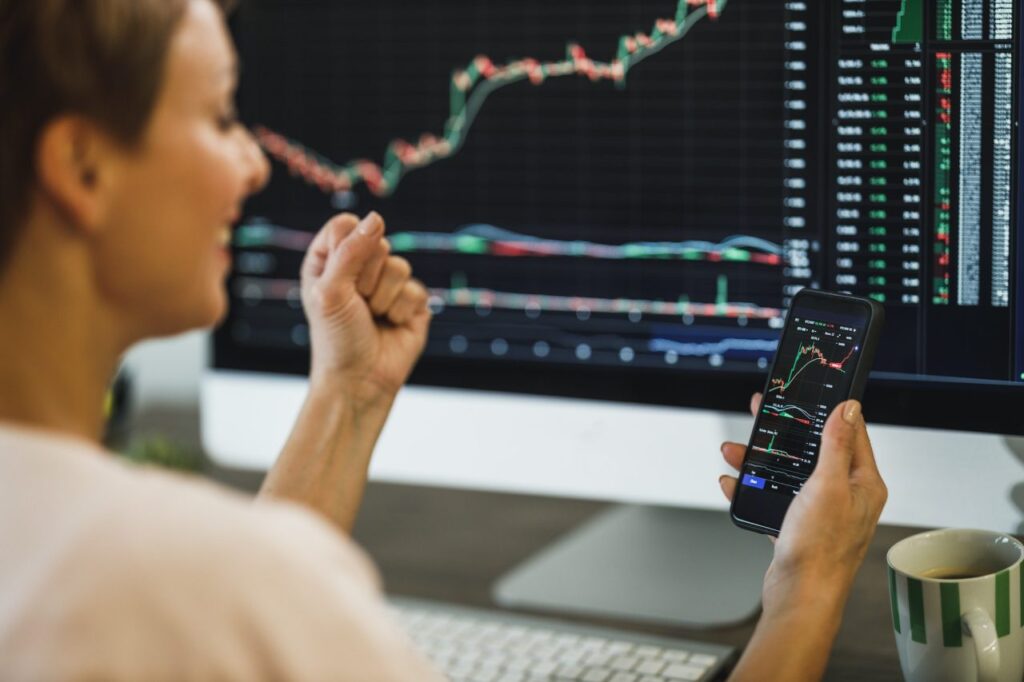
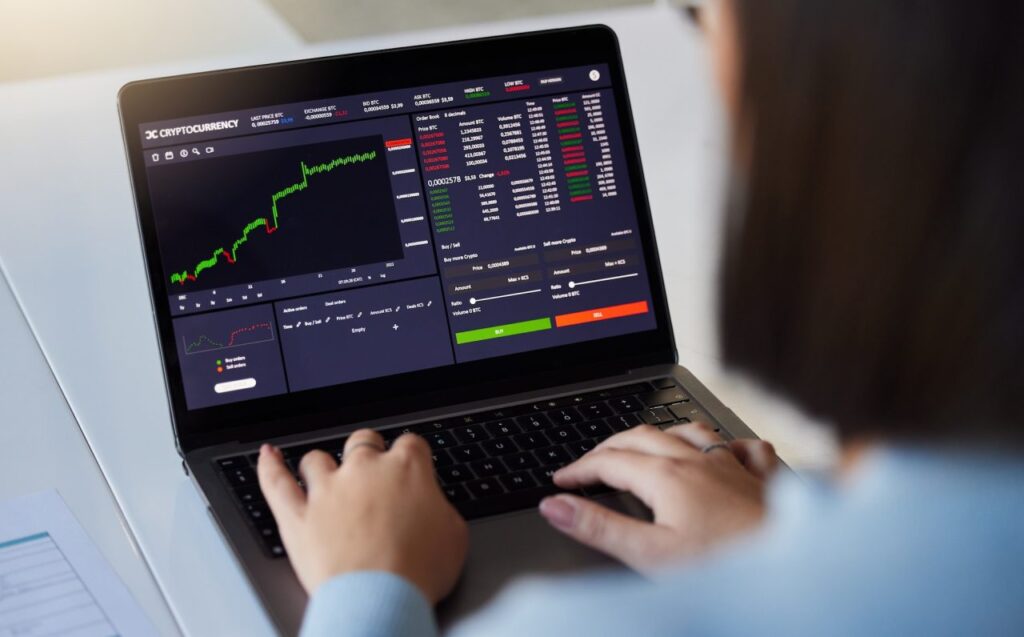



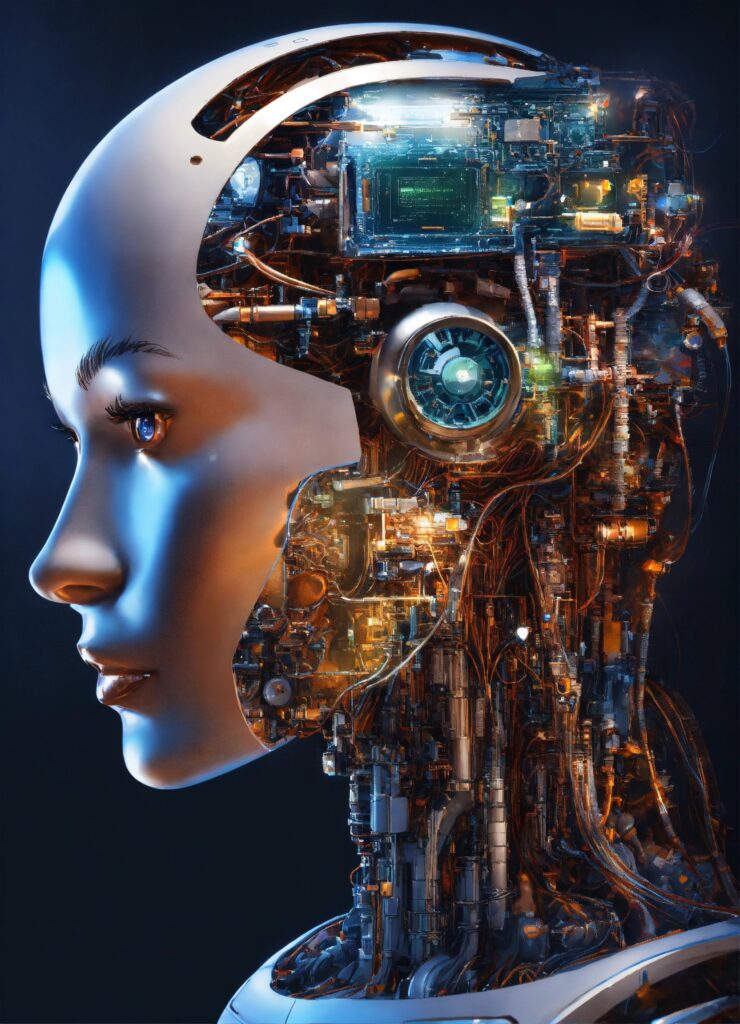
![Advantages And Disadvantages Of Artificial Intelligence [AI]](https://tradewithakanksha.com/wp-content/uploads/2023/12/the-power-of-AI-1024x585.jpg)
